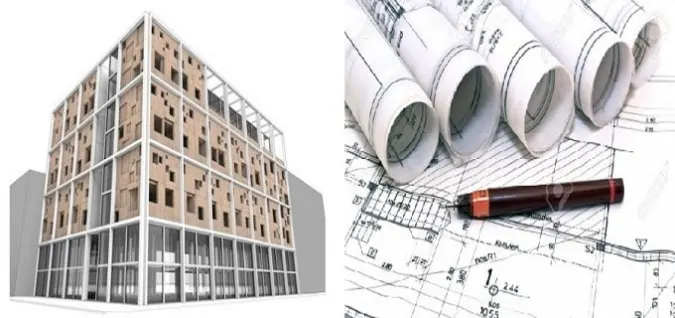In the construction industry, accurate and comprehensive documentation is the backbone of successful project execution. Construction document services encompass the creation, organization, and management of essential project documents, such as drawings, specifications, contracts, and permits. These services play a crucial role in ensuring clear communication, mitigating risks, and maintaining project integrity. In this article, we will explore the importance of accurate and comprehensive construction document services and the benefits they offer to construction projects.
Clear Communication and Collaboration:
Accurate construction documentation facilitates clear communication and collaboration among project stakeholders. Well-structured documents, including detailed drawings, specifications, and contracts, provide a common understanding of project requirements, ensuring that everyone is on the same page. This enables seamless collaboration between architects, engineers, contractors, and subcontractors, minimizing errors, conflicts, and delays.
Legal and Regulatory Compliance:
Construction projects are subject to various legal and regulatory requirements. Accurate and comprehensive construction document services help ensure compliance with these obligations. Construction contracts, permits, licenses, and other legal documents provide a framework for the project’s execution and protect all parties involved. Proper documentation helps avoid legal disputes, fines, and delays caused by non-compliance.

Risk Mitigation:
Construction projects inherently carry risks, and accurate documentation is crucial for risk mitigation. Thoroughly documented specifications, plans, and change orders establish a clear record of project decisions and actions. In case of disputes or claims, these documents serve as evidence and can protect the project’s interests. Accurate documentation also aids in identifying potential risks and enables proactive measures to minimize their impact.
Quality Assurance and Control:
Comprehensive construction document services contribute to maintaining high-quality standards throughout the project lifecycle. Well-documented construction drawings, specifications, and quality control plans provide a reference for ensuring adherence to design intent and construction best practices. Contractors and subcontractors can refer to these documents to verify materials, techniques, and workmanship, resulting in a higher-quality finished product.
Project Efficiency and Cost Control:
Accurate construction documentation enhances project efficiency and cost control. Detailed and well-organized documents enable smooth project coordination, reducing rework and change orders. Contractors can effectively estimate costs, procure materials, and plan construction activities based on accurate documentation. By minimizing errors, delays, and rework, construction document services contribute to improved project timelines and cost-effectiveness.
Record Keeping and Future Maintenance:
Construction documentation serves as valuable records for future reference, maintenance, and renovations. As-built drawings, equipment manuals, and warranties provide crucial information for ongoing facility management. Accurate documentation ensures that building owners and facility managers have access to comprehensive records, simplifying maintenance and minimizing downtime.

Conclusion:
Accurate and comprehensive construction document services are integral to the success of construction projects. From clear communication and regulatory compliance to risk mitigation and cost control, these services have a far-reaching impact on project outcomes. By investing in professional construction document services, project stakeholders can ensure streamlined communication, reduce risks, maintain high-quality standards, and achieve project goals efficiently. Emphasizing accurate documentation from the outset is a key strategy for mitigating challenges, ensuring project success, and setting a solid foundation for future maintenance and renovations.
FAQs:
What is construction documentation?
Construction documentation refers to the creation, organization, and management of essential documents and records related to a construction project. These documents include architectural drawings, specifications, contracts, permits, change orders, and other pertinent information necessary for the successful planning, execution, and completion of the project.
Why is construction documentation important?
Construction documentation is crucial for several reasons. It ensures clear communication and collaboration among project stakeholders, aids in legal and regulatory compliance, mitigates construction documentation
What types of documents are included in construction documentation?
Construction documentation comprises a variety of documents, such as architectural and engineering drawings, project specifications, contracts and agreements, permits and licenses, change orders, project schedules, quality control plans, as-built drawings, equipment manuals, and warranty information.
Who is responsible for creating construction documentation?
The responsibility for creating construction documentation typically falls on various project stakeholders. Architects, engineers, and design professionals are primarily responsible for preparing architectural and engineering drawings, specifications, and related documents. Contractors, subcontractors, and project managers contribute to documentation by preparing contracts, change orders, and schedules, among other project-specific documents.
How does accurate construction documentation contribute to project success?
Accurate construction documentation plays a vital role in project success. It helps ensure clear communication and collaboration among stakeholders, minimizes errors and conflicts, aids in legal and regulatory compliance, mitigates risks, maintains project quality, facilitates efficient cost control, and provides a valuable reference for future maintenance and renovations.




